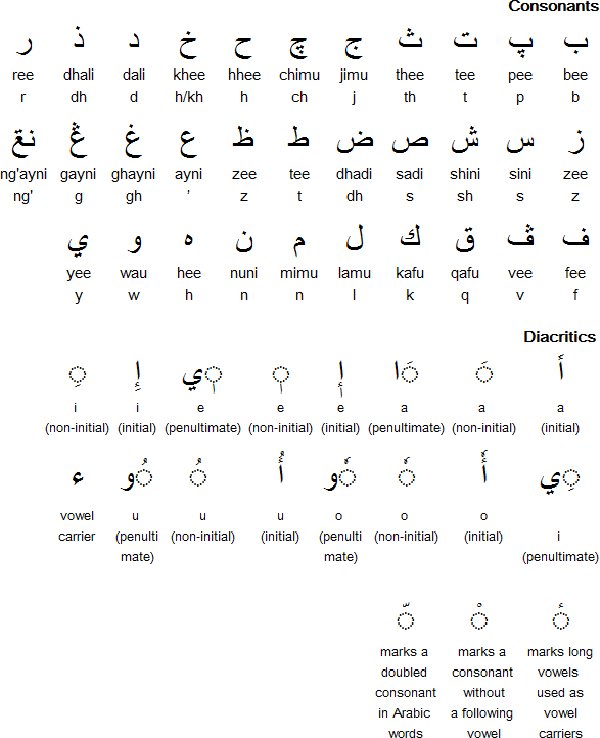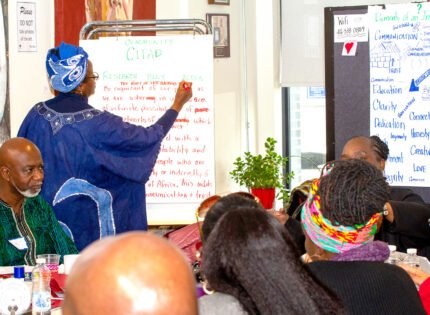SWAHILI TO THE WORLD

From modest beginnings as the speech of a small group of mixed farmers, Swahili has become the lingua franca of millions of people in East Africa and beyond.
Swahili was originally spoken along the coast of Tanzania and Kenya. Arab traders from the coast then spread the language to nearby islands, and then traders from those islands spread it deeper into the continent.
The origin of Swahili extends 1500 years since the arrival of Omani clove traders to the East African coast, absorbing a lot of Arabic words in the process. it played the most important role since the majority of foreign loanwords come from it.
Originally Swahili was written with Arabic script, but later adopted the current Latin script.
During the colonization of the area by the Portuguese, Swahili incorporated Portuguese words specifically of fruits and vegetables that they brought to the coast. Later, when the traders from the Middle East retook the area, Arabic had significant influence (again), and more words of Arabic origin entered the language. It also incorporated Persian and Malay words.
Swahili towns contain monumental palaces, tombs, and mosques, set among more humble houses; they were home to fishers, farmers, traders, and specialists of many kinds. The towns have been Muslim since perhaps the eighth century CE, participating in international networks connecting people around the Indian Ocean rim and beyond. Successive colonial regimes have helped shape modern Swahili society, which has incorporated such influences into the region’s long-standing cosmopolitan tradition.
The name of the language SWAHILI comes from Arabic. Sahil means coast (singular) and Sawahil, which is the plural form of coasts. Swahili has a prefix -ki (Kiswahili), which basically translates to “language of the coasts.”
Presently, Swahili is spoken in Congo, Congo Brazzavile, Kenya, Tanazania, Uganda, Somali, Oman, Comoros Islands. It’s also spoken by smaller numbers in Burundi, Rwanda, Northern Zambia, Malawi and Mozambique.
During the recent 39th Ordinary Summit of the Southern African Development Community (SADC) on August 18th, 2019 at the Julius Nyerere International Center, Tanzanian president, John Magufuli asked his fellow heads of state to consider making Swahili a formal language.
‘‘I am appealing to your excellencies to fast track the adoption of Kiswahili to be among the four official languages in SADC,” he said.
Consequently, the 16 SADC countries have agreed to adopt Swahili as one of their languages. The news has been greeted with interest and has drawn praise from some quarters – Rwanda, Botswana, Lesotho, Madagascar, Mauritius, Mozambique, Namibia, South Africa, Swaziland, Zambia, Zimbabwe, Malawi and Seychelles are some of the countries that have agreed to adopt Swahili.
Swahili will be the first indigenous language to be used by the bloc as an official language at inter-state level. If implemented, Swahili will become an official language surpassing English and Portuguese.














